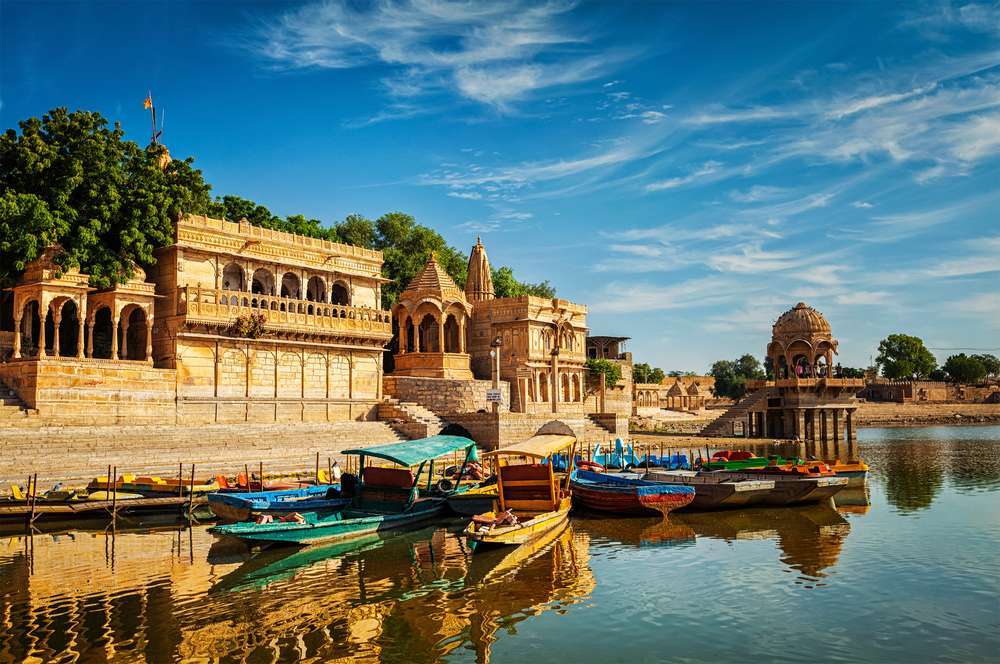As a land of diverse landscapes, cultures, and experiences, India offers travelers an enchanting journey through its cities, towns, and rural areas. Navigating this vast country, however, requires an understanding of its transportation networks. From bustling cities to tranquil villages, India’s transport options are as varied as its destinations. In this comprehensive guide, we’ll help you navigate India’s transportation networks, providing insights and tips to ensure your journey is smooth and memorable.
Trains: The Backbone of Indian Travel
India’s extensive railway network is renowned as one of the largest in the world, making train travel a quintessential Indian experience. With various classes ranging from luxurious to budget-friendly, trains offer a unique glimpse into the country’s diverse cultures and landscapes. The Indian Railways’ official website and mobile apps provide information on schedules, seat availability, and online ticket booking. Booking in advance, especially for long journeys, is recommended to secure your preferred class and date.
Buses: Connecting Cities and Beyond
Buses are an essential mode of transportation in India, connecting cities, towns, and even remote areas. State-run buses and private operators offer a range of services, from air-conditioned coaches to local buses. For intercity travel, consider booking luxury bus services that provide comfort and reliability. In some regions, such as Himachal Pradesh and Uttarakhand, buses traverse scenic routes, offering breathtaking views along the way.
Flights: Rapid Connectivity
For covering long distances quickly, domestic flights are a convenient option. India has a well-developed network of airports, with major cities and tourist destinations well-connected. Airlines like IndiGo, SpiceJet, and Air India offer domestic flights at various price points. Online flight booking platforms and travel websites make it easy to compare fares and book tickets in advance.
Auto Rickshaws and Taxis: Local Commutes
Auto rickshaws and taxis are common modes of transport for short distances within cities. Auto rickshaws are three-wheeled vehicles that offer a unique local experience. Always ensure that the meter is used or agree on a fare before starting the ride. In larger cities, ride-hailing apps like Ola and Uber provide convenient and reliable options for booking taxis.
Metro Systems: Urban Mobility
Several Indian cities, including Delhi, Mumbai, Bengaluru, and Chennai, have well-developed metro systems that provide efficient and cost-effective urban transportation. Metros are an excellent way to avoid traffic congestion and explore city attractions conveniently. Rechargeable metro cards make traveling hassle-free, and stations are usually well-signposted in English.
Ferries and Boats: Coastal and Island Adventures
In coastal regions and on islands, ferries and boats are vital modes of transportation. Goa, Kerala, Andaman and Nicobar Islands, and the Sunderbans are just a few places where boats connect communities and offer travelers unique waterborne experiences. Ferry schedules can vary, so it’s advisable to check timings in advance.
Cycling and Walking: Exploring at a Leisurely Pace
In some areas, particularly smaller towns and villages, walking and cycling are ideal for exploring at a leisurely pace. Many cities, such as Udaipur and Jaipur, offer guided cycling tours that take you off the beaten path, offering insights into local life and culture.
TRAVELLING INDIA WITH CRIMINAL RECORD
Travel Tips and Considerations
- Travel Insurance: It’s advisable to have travel insurance that covers medical emergencies, trip cancellations, and lost belongings.
- Local Language: While English is widely spoken, especially in urban areas, learning a few basic phrases in Hindi or the local language can enhance your travel experience.
- Traffic and Time: Traffic congestion is common in major cities, so plan travel times accordingly, especially for flights and train journeys.
- Safety: When using public transportation, be vigilant with your belongings and avoid displaying valuable items openly.
- Local Etiquette: Respect local customs and norms while traveling, and dress modestly, especially when visiting religious sites.
Conclusion
Navigating India’s transportation networks is an integral part of the travel experience, offering insights into the country’s diverse culture, landscapes, and communities. Whether you’re exploring bustling cities, tranquil villages, or serene coastal areas, understanding the available modes of transport and planning ahead can make your journey smooth and enjoyable. From the enchanting train journeys that cross vast terrains to the local rickshaw rides that weave through bustling streets, every mode of transportation contributes to the rich tapestry of your Indian adventure. So, equip yourself with knowledge, embark on your journey with an open heart, and let India’s transportation networks guide you to unforgettable experiences.
Read more: Turkey’s Ancient Wonders and Archaeological Treasures


